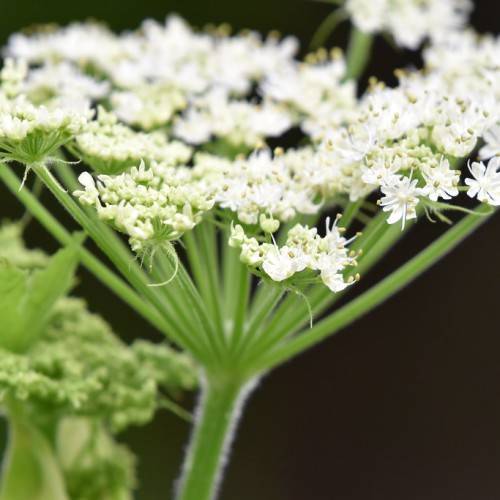
cow parsnip
Heracleum lanatum ( syn. of H. sphondylium montanum, H. maximum )
Cycle:
Perennial
Watering:
Minimal
Hardiness Zone:
4
Flowers:
Flowers In Winter
Sun:
Deep shade, Filtered shade, Part sun/part shade
Soil:
Humus rich, Well-drained
Fruits:
Fruits In Summer Ready In Winter
Leaf:
Yes
Growth Rate:
Low
watering
Hybrid Lenten rose plants should be watered lightly every week to 2 weeks when the top of the soil is dry, allowing the soil to dry out between waterings. Typically the best time to water is in the morning; this helps to reduce the risk of fungal diseases due to damp leaves. During the summer, Lenten roses may need to be watered more often if they are in a spot with full sun, while in the winter, they may need more infrequent watering due to cooler temperatures and less evaporation. It is important to make sure the soil is well-draining and not too wet, as Lenten roses are susceptible to root rot.
sunlight
Hybrid Lenten Rose (Helleborus x hybridus) need a minimum of 4-6 hours of sunlight each day in order to thrive. For best results, they should ideally receive 8-10 hours of indirect sunlight, especially during the spring and summer. They should be placed in a place where they can get bright but indirect light, such as an east windowsill or a shaded spot on the balcony. Make sure to rotate plants occasionally to ensure even sun exposure and prevent leggy growth.
pruning
Hybrid Lenten Rose (Helleborus x hybridus) should be pruned in late winter to early spring after the flowering season. Pruning should be minimal, removing only dead or diseased plant material. It is not necessary to shape or prune the plants as they don't require to be groomed. Additionally, pruning too much can damage the plant and reduce flowering.
